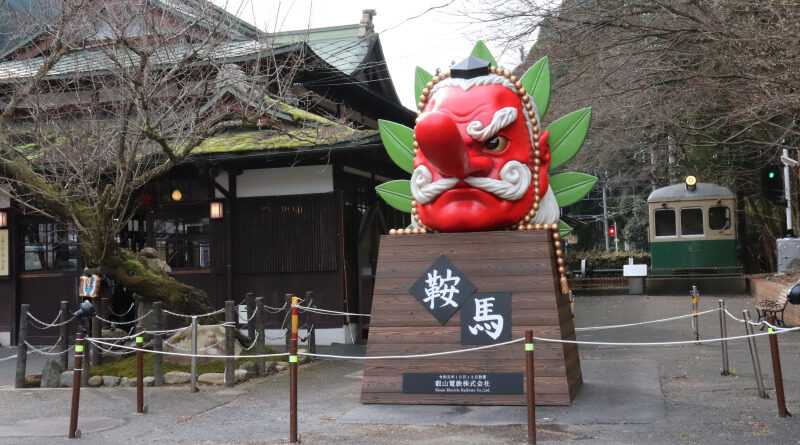
Kurama Temple: the Temple of Tengu
Far off in the wilds of north Kyoto is one of the most mysterious places in Japan, Mount Kurama, and Kurama Temple specifically. There on that mountain, legends have long told that the chimera-like Tengu hone their fighting skills. Some even say Minoamoto no Yoshitsune owed his fierce fighting prowess practiced fighting to the Tengu who live there. And at the top of the mountain sits Kurama Temple. While Kurama Temple may be hard to access, but definitely one of the most famous temples in Kyoto.
Kurama Temple
Hiking to Kurama Temple
The first gate of Kurama Temple is just a few minutes away from Kurama Station off the Randen Line. Getting to the gate isn’t a challenge at all– the hard is the steep 30-minute trek up the path from this gate to the temple grounds. Of course, you can always just take a cable car from the gate. Still– we think that to enjoy the temple properly, you should enjoy the free workout!
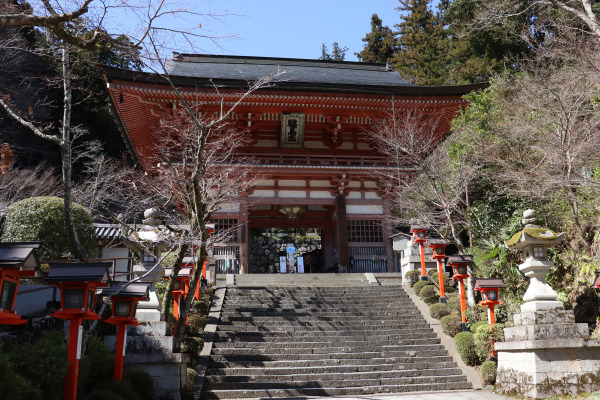
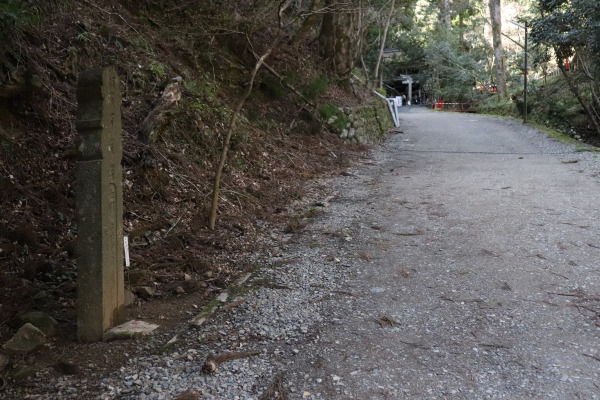
On the way to Kurama Temple, you will come across Yuki Shrine. This shrine, built to guard the capital in Kyoto, is famous for its fire festival on the 22nd of October every year.
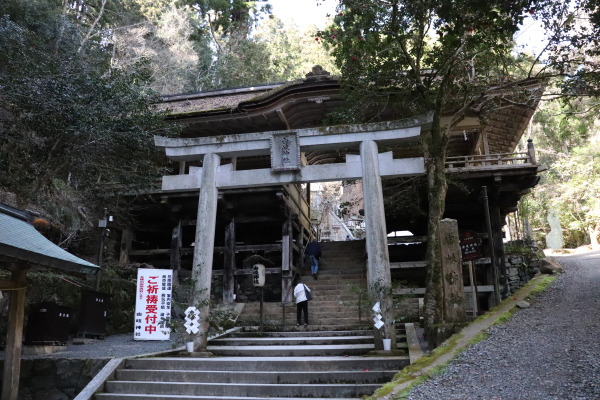
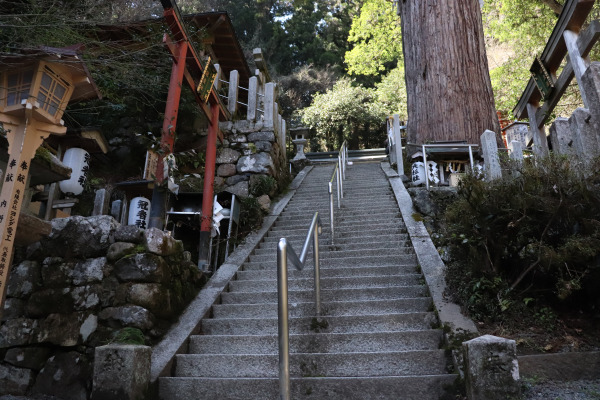
After Yuki Shrine we followed the winding mountain path to the Chumon gate. Not much further to Kurama Temple now. The trail really felt much longer than we expected, and while we came while the weather was mild, it is easy to imagine we’d we dripping with sweat if it were summer.
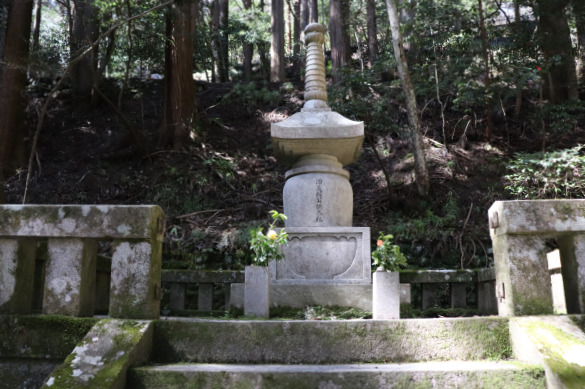
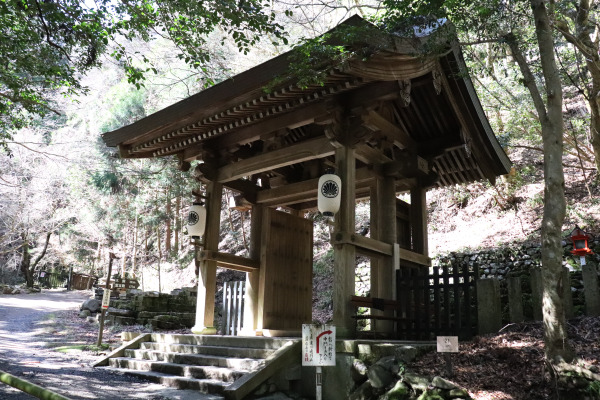
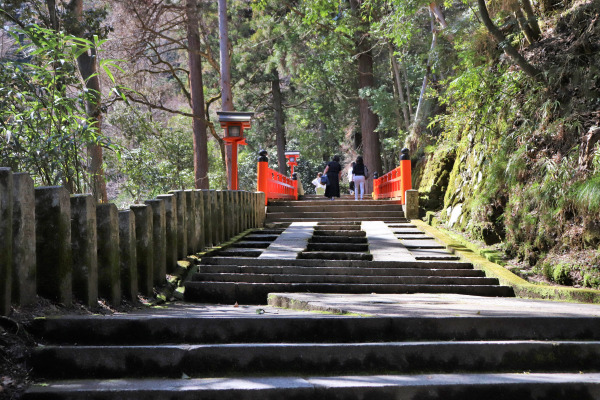
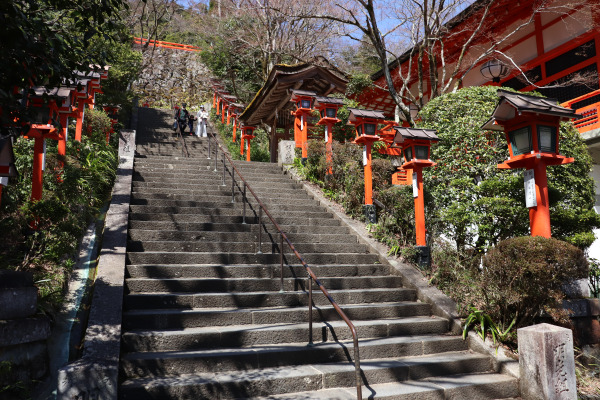
Temple Grounds
After what felt like a small eternity, we arrived at the kondo of Kurama Temple, where the main deity is enshrined.
This temple dates back to 770, when the Ganjin’s disciple, Gantei, made a hut and enshrined a statue of Bishamonten. However, things at the temple have changed a lot since the end WWII. Since then, Kurama Temple became an independent temple and is heavily influenced by theosophy.
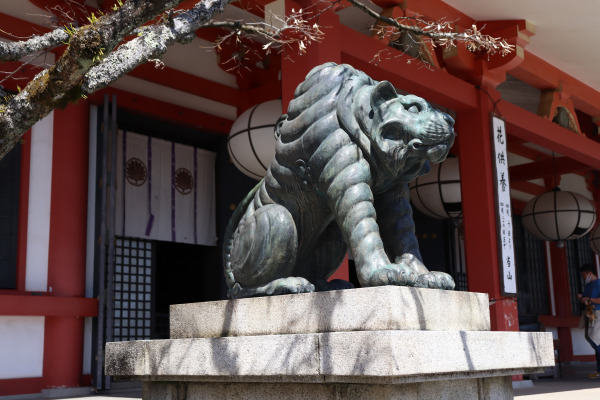
For this reason, the main Buddha here in Kurama Temple is very different from temples. It is called Sonten, which is a combination of Senjyu Kannon, Bishamonten, and Gohomaoson. If you are familiar with Japanese Buddhism, you have probably heard of Senju Kannon and Bishamonten, but Gohomaoson is only mentioned at Kurama Temple. According to the temple, this deity came from Venus 6,500,000 years ago. Unfortunately, the Sonten is only open to the public once every 60 years.
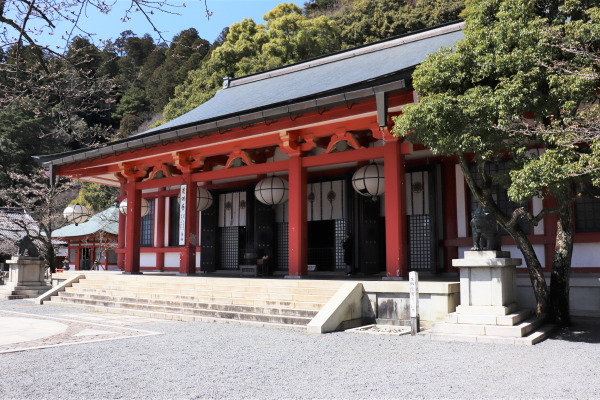
In front of the kondo is a large triangle, called a kongosho. If you stand there, you are supposed to be able to feel the power of Sonten. Many people come and line up here to feel the energy radiating from the inside.
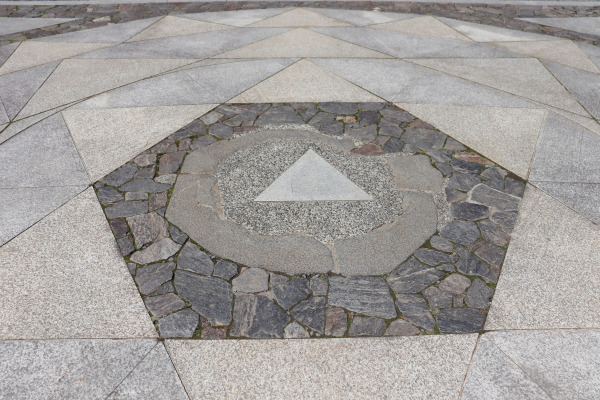
Make sure to enjoy the great scenery from the veranda of the kondo. Since you are on top of a mountain, this temple has some spectacular views of the forests and nearby mountains!
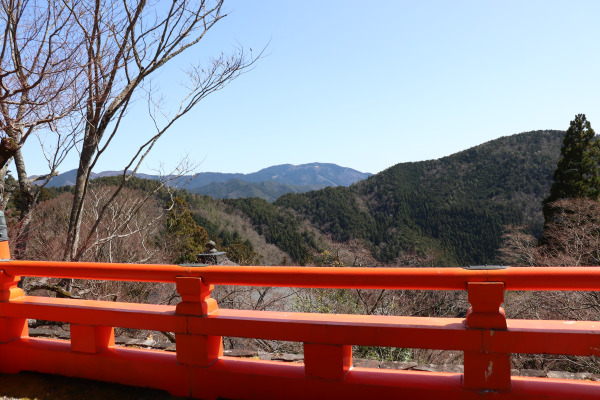
Hiking from the Okunoin and Sojogatani
If you are feeling spritely, you can walk from Kurama Temple to Kifune Shrine via the trail near the Okunoin. It will be a bit of a hike as a part of the trail is a mountain path. Just bring a decent pair of shoes and water and that should be enough.
It is worth mentioning though that some parts of the trail can be muddy after it rains, and the trail might get a little slippery.
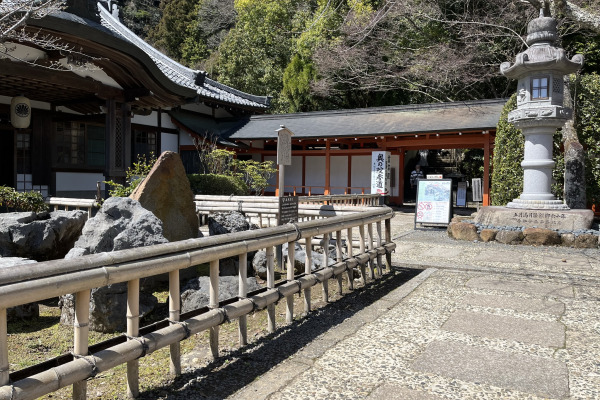
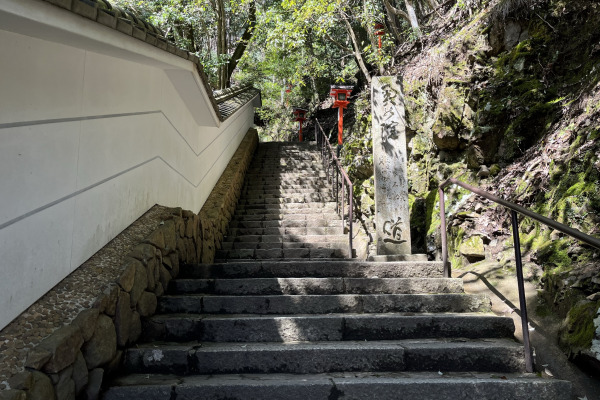
Okunoin is also known as Sojogatani and it is where Minamoto no Yoshitsune, one of the most famous samurai in the history books, allegedly trained with his Tengu masters. This is also why there are several little shrined related to Yoshitsune here.
If he did in fact train here, Minamoto no Yoshitsune probably took advantage of this mountainous terrain. Hiking up here every day would surely improve anyone’s stamina!
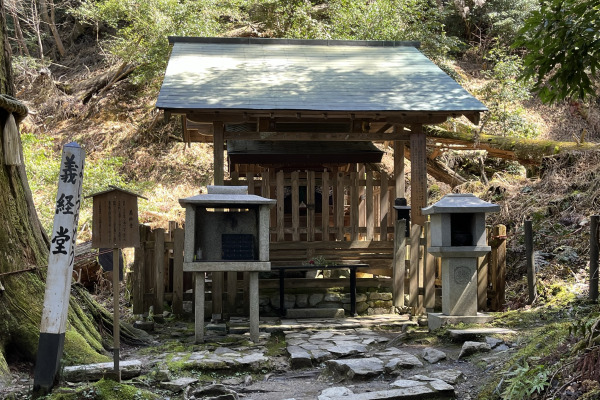
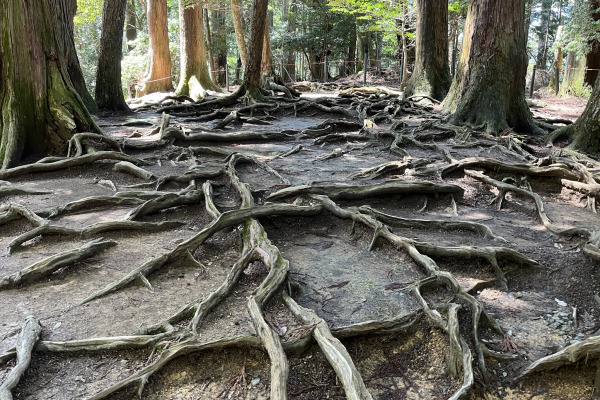
The last building of Okunoin is Mao-den, which sounds like the place where fight the final boss of some RPG game. The Mao-den is the sacred place where Gohomao-son, one of the Sonten, descended to earth.
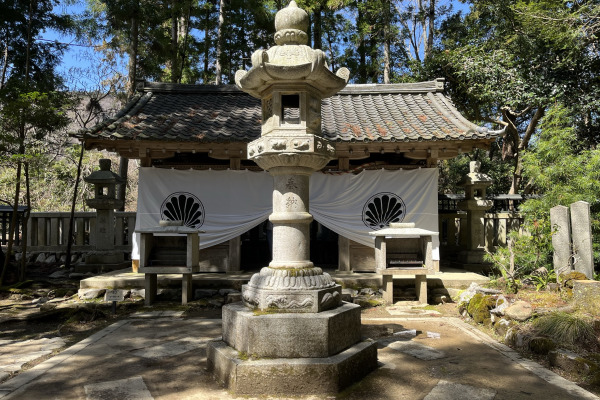
From the Mao-den, it’s another 20 minutes or so minutes until you reach Kifune. A surprisingly large number of people chose to walk to Kifune too, and actually, it’s a pretty refreshing hike. It was actually a great visit as we could enjoy not only the temple but also the mountain!
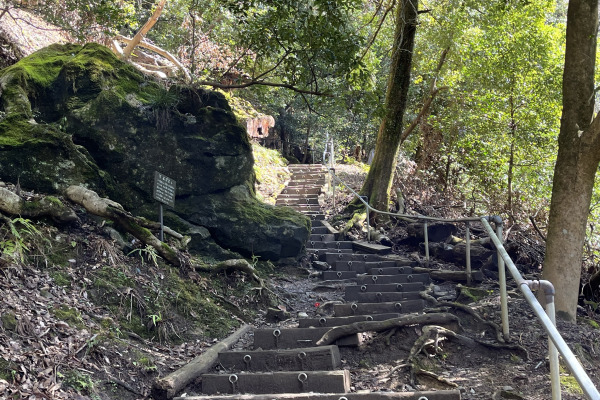
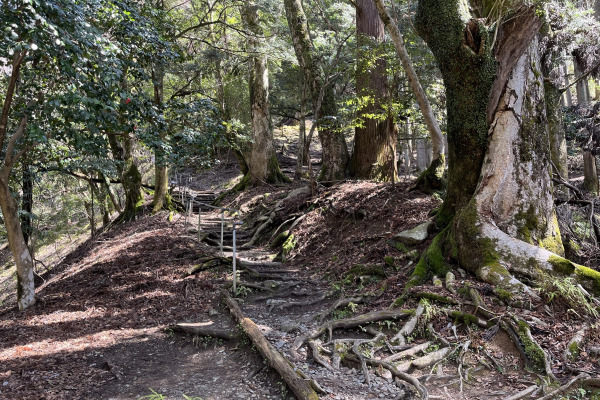
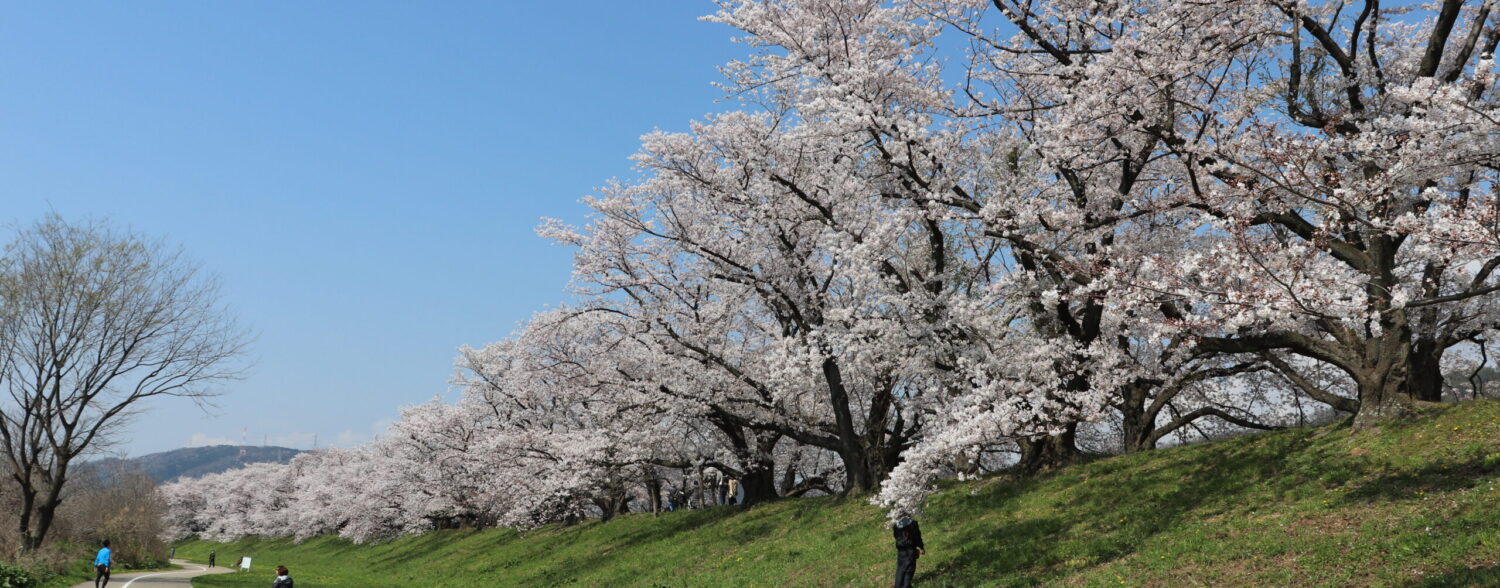
Leave a Reply